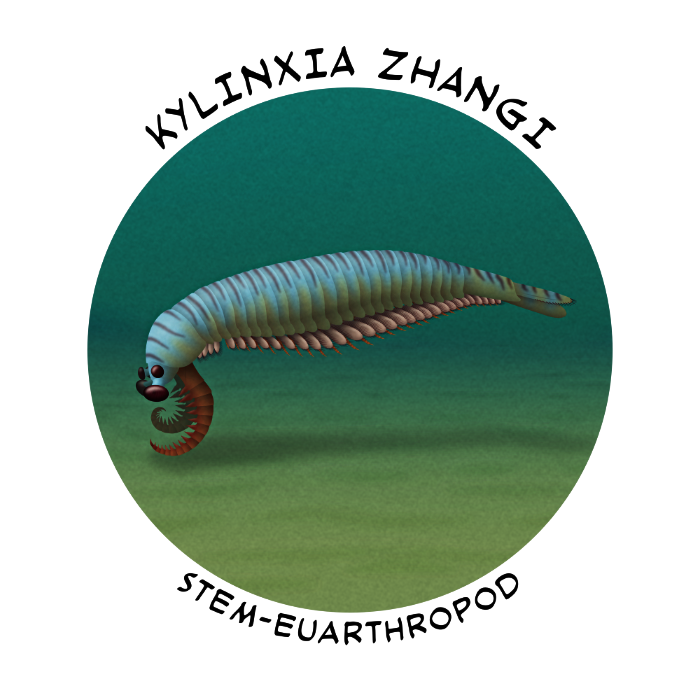The true arthropods – or euarthropods – make up the majority of panarthropods, and include the modern chelicerates (sea spiders, horseshoe crabs, and arachnids), the myriapods (millipedes and centipedes), and the pancrustaceans (crustaceans and insects), along with various completely extinct groups like the trilobites.
The earliest fossil evidence associated with some sort of euarthropod presence are trace fossils dating to only a few million years after the start of the Cambrian (~537 million years ago), and the group’s common ancestor is estimated to have split off from the radiodont lineage no more than 550 million years ago in the end of the Ediacaran.
…And this is where things get more complicated.
There’s a lot of disagreement about where exactly a lot of early euarthropods fit into the arthropod evolutionary tree, with different basal and “stem” lineages being shuffled around and reclassified by different studies and new discoveries. It’s literally a case of “ask ten different paleontologists and you’ll get eleven different opinions”, so whichever order I present most of the rest of this month’s entries in will probably be wrong.
While the isoxyids are often considered to represent some of the earliest members of the lineage leading to the euarthropods, in late 2020 another discovery was presented as an arthropod “missing link“.

Kylinxia zhangi was found in the Chinese Chengjiang fossil deposits (~518 million years ago). Known from six well-preserved specimens, it was about 5cm long (2″) and had a three-part body plan with distinct head, trunk, and pygidium regions, all fully arthrodized into a hard shell.
There were five stalked eyes on its head similar to Opabinia, and it had a pair of spiny serrated front appendages similar to those of radiodonts – but in Kylinxia these appendages curled upwards. Its trunk region resembled that of megacheirans, with many segments, and it had a few pairs of small flap-like limbs at the front followed by many pairs of double-branched biramous limbs with gilled paddle-like structures and jointed legs.
This confusing mixture of anatomical traits seems to help bridge the gap between the “lower stem” euarthropods like the radiodonts and the “upper stem” euarthropods (also sometimes called “deuteropods”).
